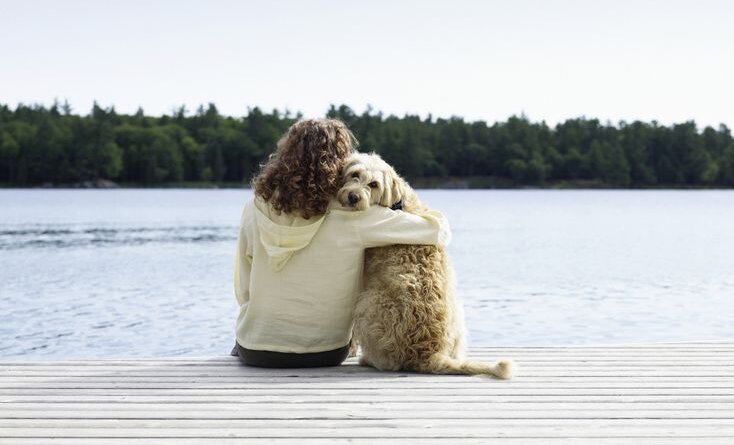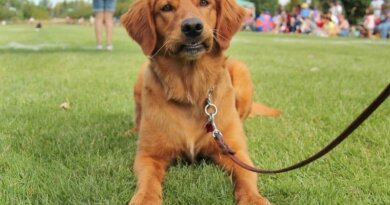Words Matter – Whole Dog Journal

I’ve been training dogs professionally for 27 years, but I don’t use “commands” for this purpose, I use “cues.” What difference does it make? A lot!
The definition of command is “an authoritative order.” Even when we use gentle training methods, if we think “commands,” our brains connect to the authoritative definition and we are likely speak in a louder, harsher (commanding!) tone of voice. In contrast, a cue is an invitation to perform a behavior for which your dog can be reinforced with a treat, play, praise, or the opportunity to perform a behavior the dog enjoys. We are far more likely to speak softly and gently when we use “cues.”
Words to avoid
“Command” just one of many words that we force-free trainers avoid. Here are others that interfere with the message of kindness and mutual respect we want to send to our dogs:
- “It.” This word is used to refer to non-living objects. Dogs (and other animals) are living, thinking, feeling beings. Use he, she, him, and her rather than “it” when referring to a dog. When you acknowledge the sentience of non-human animals, you’re likely to treat them better.
- “Breaking.” Breaking evokes force, and we’re not “breaking” anything, we’re “training” – so we use housetraining (not housebreaking) and say we are training desirable behaviors (not breaking bad habits).
- “Obedience.” We want a partnership with our dogs – a happy willingness to offer behaviors we ask for, not their submission to our authority. That’s why we offer good manners training or family dog training rather than “obedience classes.”
- “Make.” We don’t “make” our dogs do things. “Make” suggests force and coercion. Instead, we ask our dogs for certain behaviors, invite them, help them, and encourage them.
- “Bad.” Dogs aren’t bad and they don’t do bad things – though occasionally they may do something inappropriate. When we think of them as bad, we give ourselves tacit permission to punish them. But when we frame their behavior as “inappropriate,” we’re more likely to think in terms of management and teaching appropriate behaviors rather than punishment.
- More pejoratives. I cringe when someone refers to a dog as stupid, stubborn, disobedient, or any other negative adjectives, placing the blame for any unwanted behavior directly on the dog’s shoulders. When a dog doesn’t do what you ask, it’s because she can’t for some reason: she doesn’t understand, she’s too stressed, was distracted, didn’t hear you, is in pain or otherwise physically unable, you haven’t made the consequence of the behavior reinforcing enough, or you haven’t generalized it well (you haven’t trained her!). Figure out why she can’t do it and then help her succeed.
Respectful language
Think carefully about the words you and/or your instructor use to discuss training and your dog. Philosopher and cognitive scientist Daniel Dennett suggests that language lays down the tracks upon which thoughts can travel. Your words connect to your thoughts and influence your behavior. If your words align with your philosophy of creating a kind and nurturing relationship with your dog based on mutual trust and respect, you’re likely to behave accordingly – and you and your dog will be well on your way to achieving that pinnacle.




